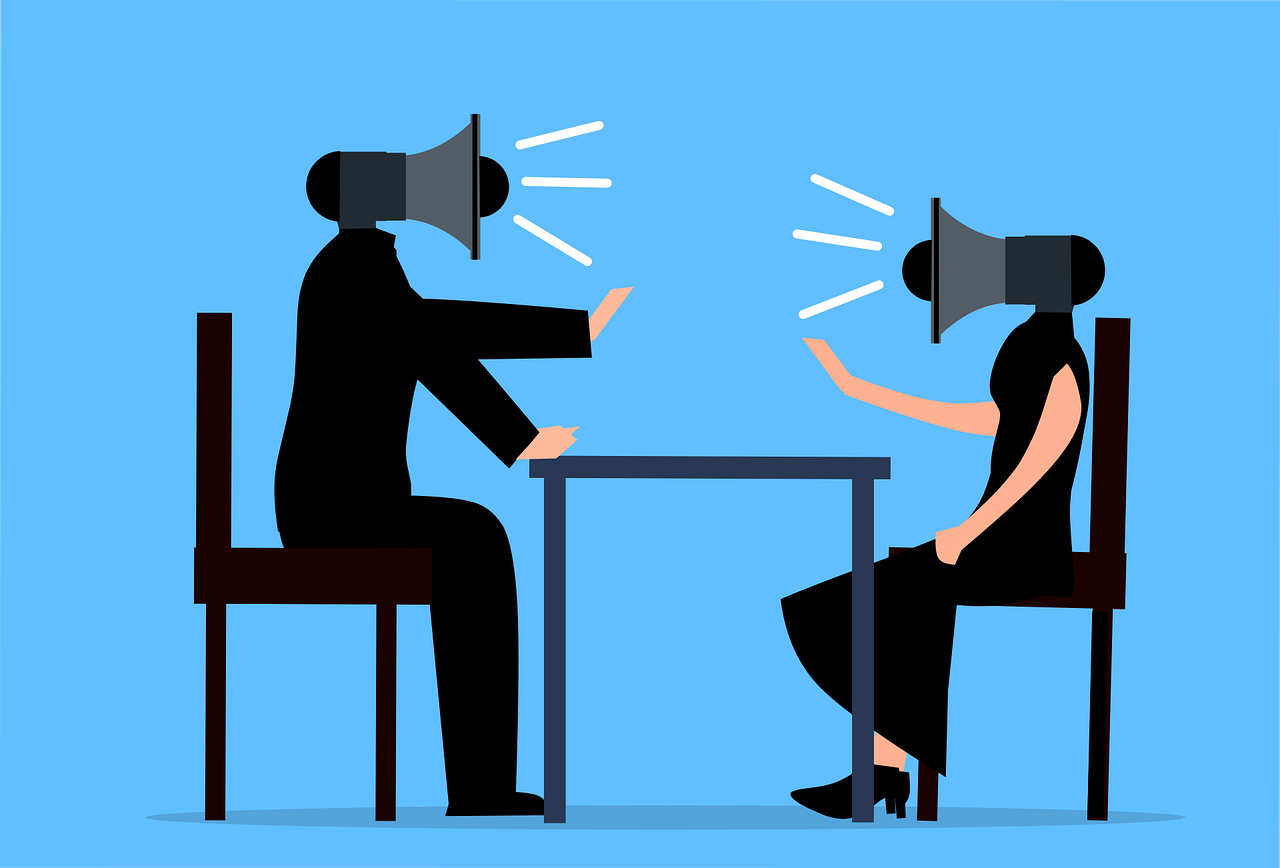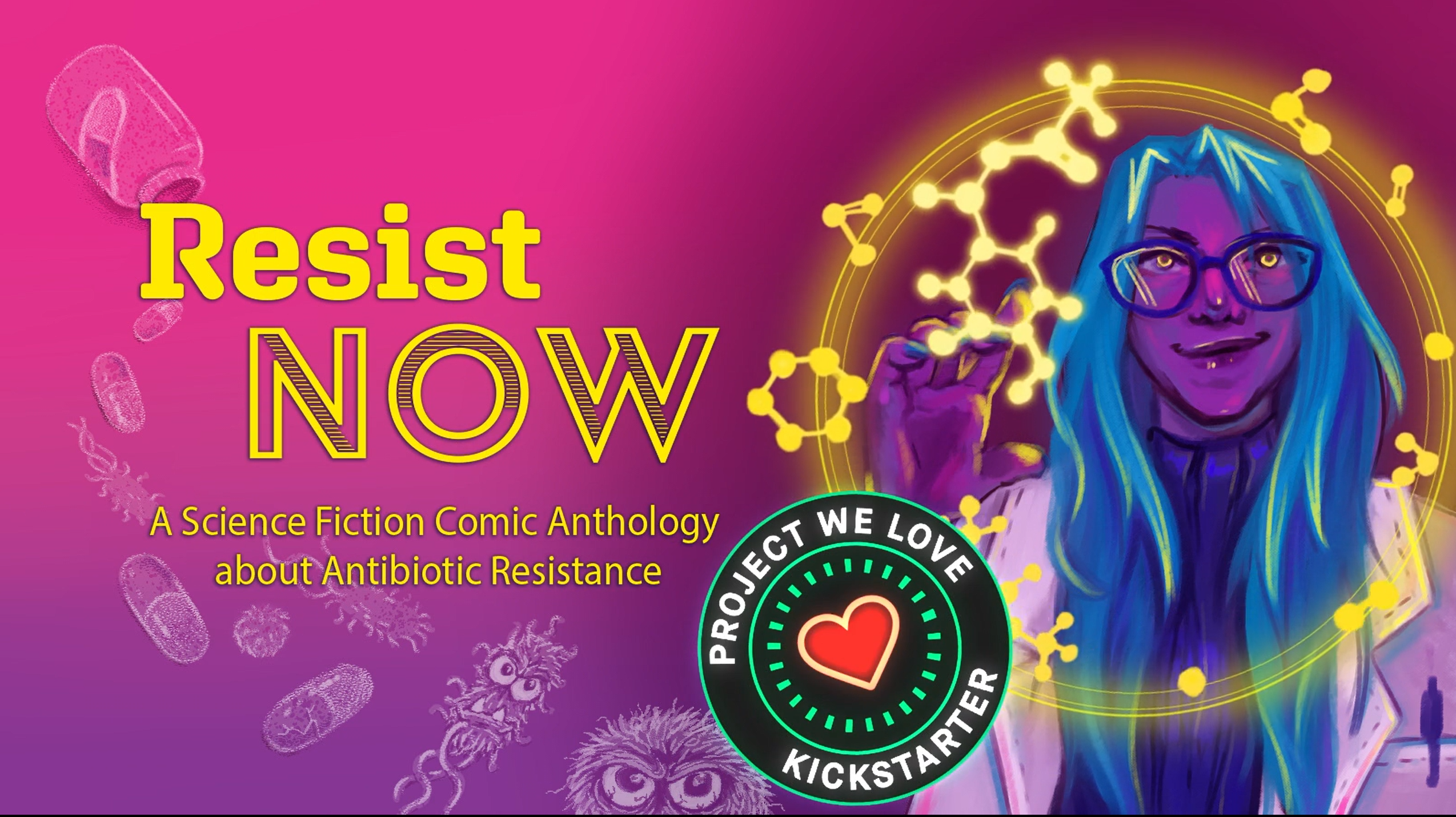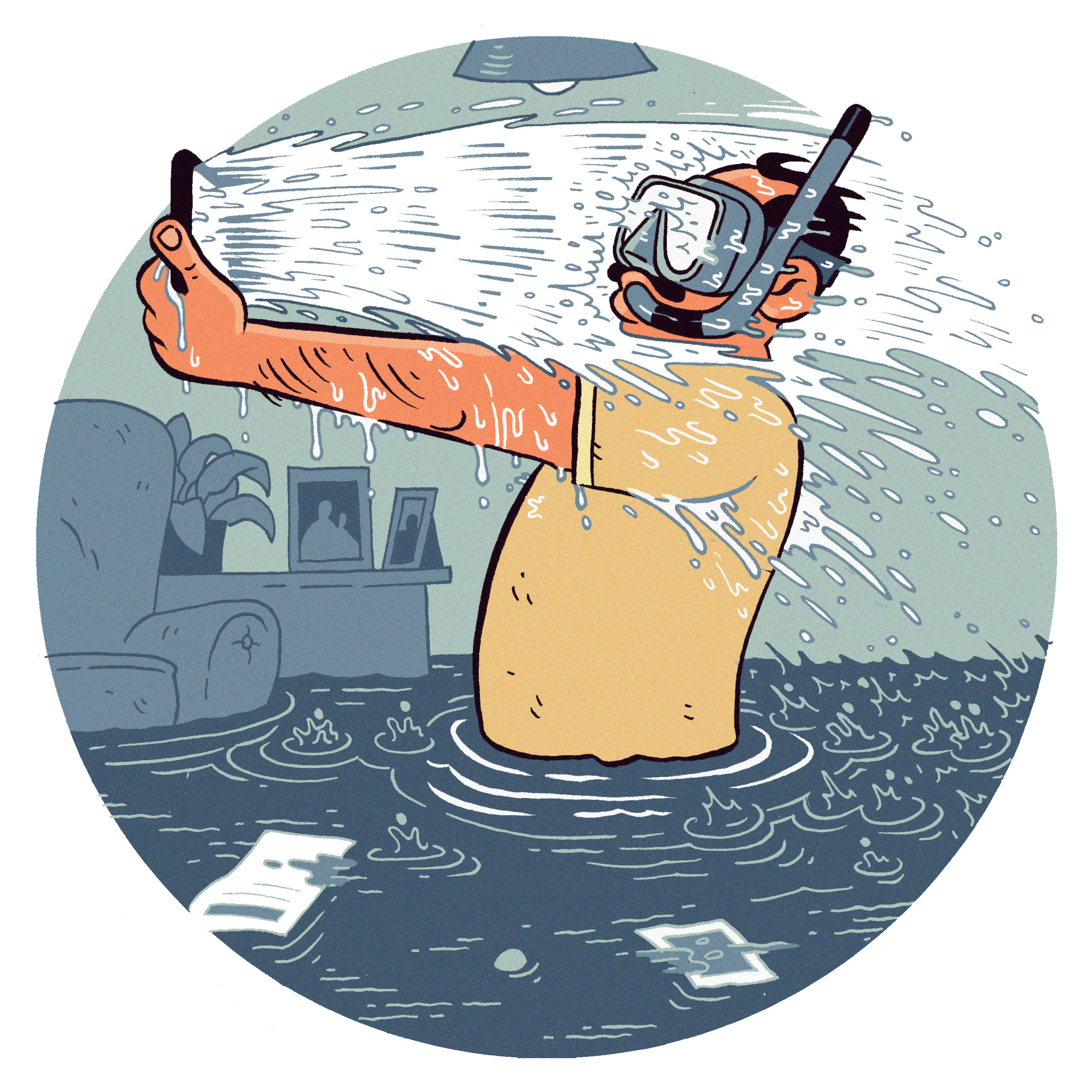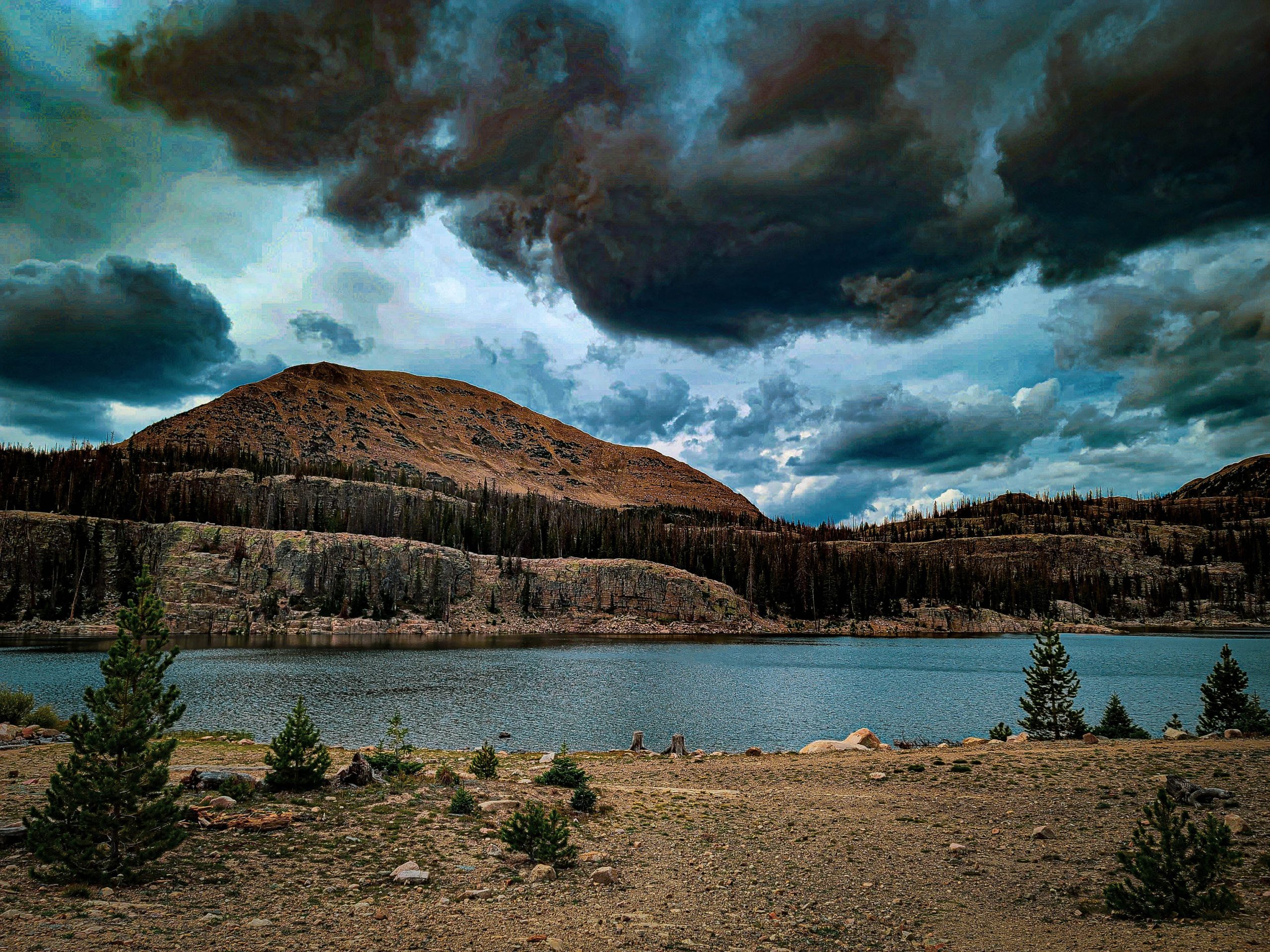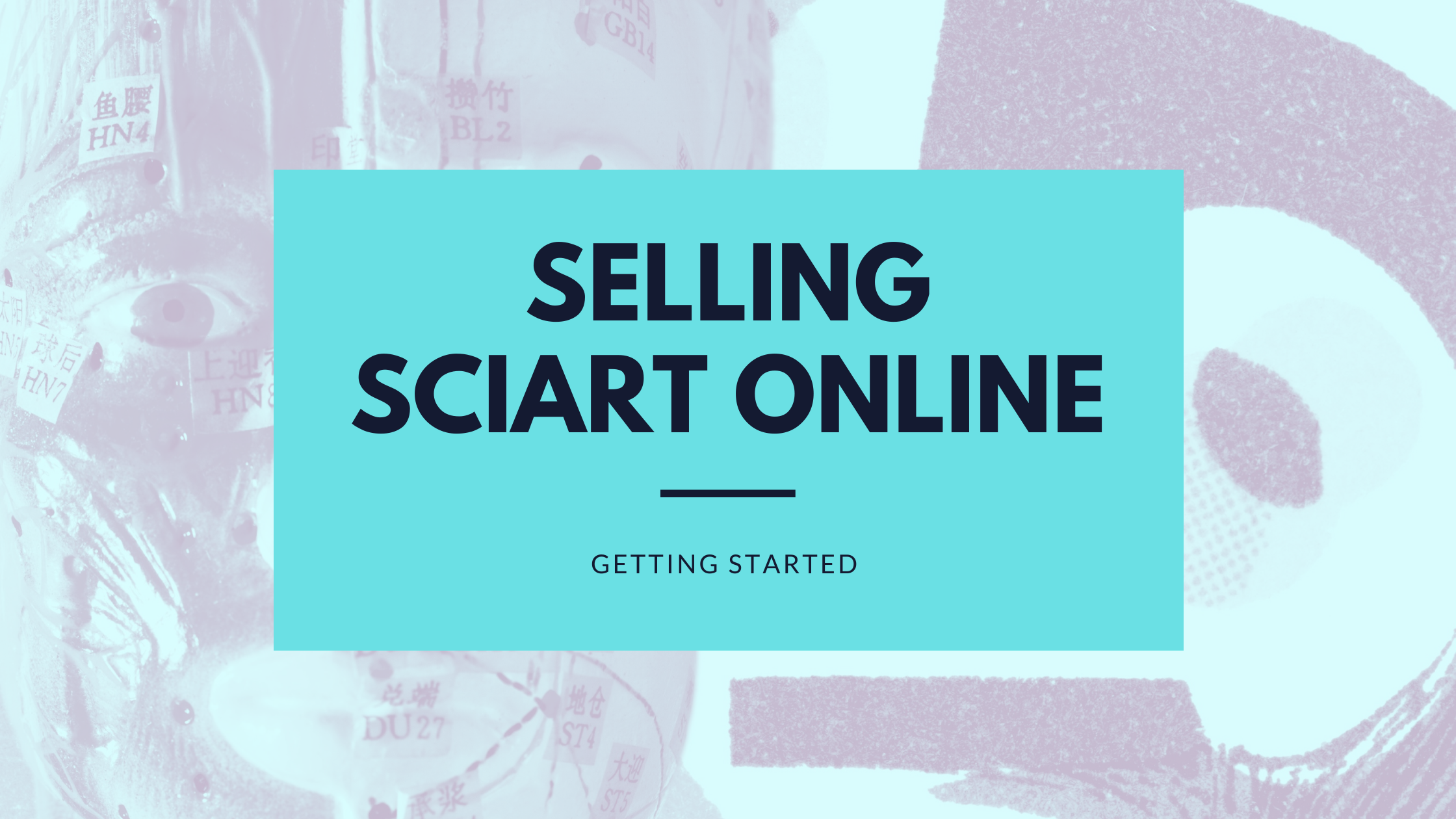Rajamani Selvam and Vinita Bharat recently collaborated on a scientific article for Frontiers For Young Minds that explains the science of endocannabinoids and communication between neurons in accessible language – and art! Vinita is a researcher who also loves to draw cartoons to communicate science – she is the creation of Fuzzy Synapse. Rajamani is a researcher who loves doing science outreach for kids. Together, they work to make neuroscience accessible and fun for all audiences.
The Lifeology team interviewed Rajamani and Vinita about their ongoing sci-art collaborations. Learn more about their work and their advice for collaborative science communication in the Q&A below!
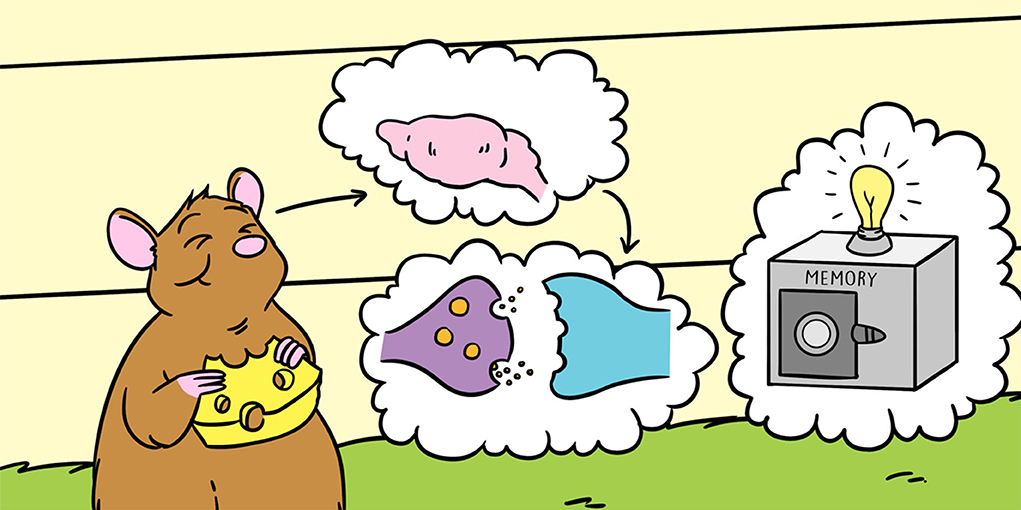
Q: Tell us more about yourselves! Who is the “scientist” and who is the “artist” in your collaborative work?
Rajamani Selvam is the scientist on the project, and Vinita Bharat is the artist.
Rajamani has a Ph.D. in Neuroscience. She is pursuing a fellowship at the U.S. Food and Drug Administration, where she works on building computational models for toxicity and blood-brain barrier permeability. She is a science communicator who has experience writing science for kids, undergraduates, and general audiences.
Vinita Bharat, PhD is currently a postdoctoral researcher at Department of Neurosurgery, Stanford University, USA. She finished her doctoral studies; being the International Max Planck Research School (IMPRS) Neuroscience student at European Neuroscience Institute, Goettingen, Germany. While she enjoys “being a scientist,” she has developed an appetite to communicate science to a broader audience. To present science in a fun and easier way by using sketching pencils and comic timings, she has started a platform called “Fuzzy Synapse”.
Q: How and where did you meet?
We met through the science communication platform, Club SciWri. Vinita is an illustrator, while Rajamani is the editor. We have worked together on several incoming articles and helping authors express themselves in writing and illustration.
Q: Tell us more about your collaboration! How did it start?
I (Rajamani) was interested in submitting a journal article to Frontiers for Young Minds, a journal dedicated to the young audience. As part of the submission process, I needed help preparing figures, and I did not want to submit a typical data figure to the journal. I wanted to create illustrations that would help kids understand the process and science behind my topic. My goal was to create simple images that can be understood by young children.
We followed the journal guidelines for the format of the figures. I wrote the manuscript and discussed my ideas for figures with Vinita. Vinita did all the illustrations.
For instance, my research involved the whole-cell patch-clamp technique. I gave Vinita a brief blurb on what I was expecting for the figure, in addition to a hand-drawn image to explain my thoughts. I wanted to have a mouse brain in the figure and show that we are taking the brain apart to cut it into pieces to record the neurons’ electrical activity. Vinita then did an image depicting my thoughts. The first draft was mainly to make sure we were on the same page, and the figure entailed everything I had anticipated. We edited the images back and forth until we were satisfied with the product. The editing included a choice of colors, fonts and lines, in addition to the science itself.
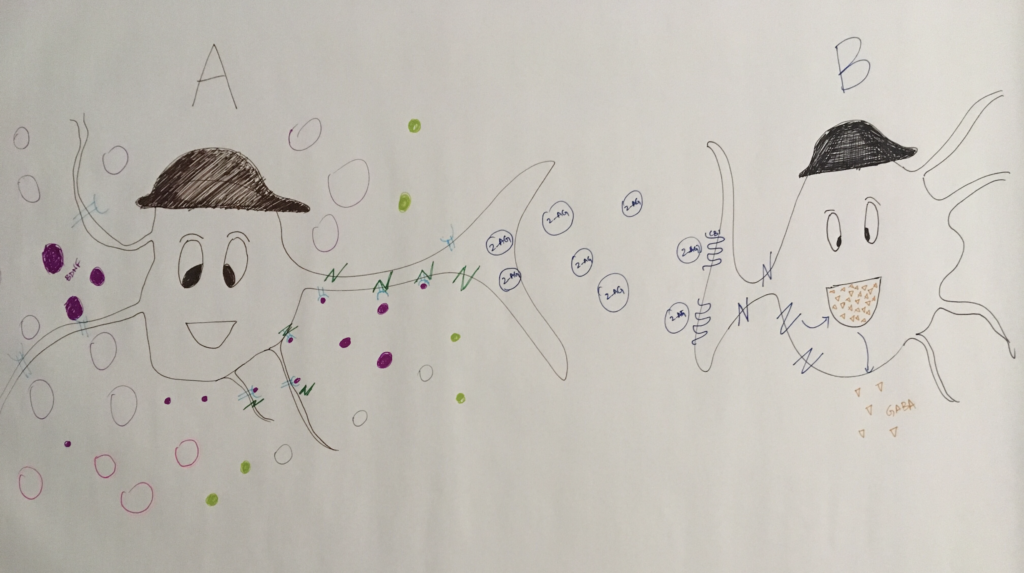

A sketch example and a final illustration, figure 3 from “What Are Endocannabinoids? What Do They Do in the Brain?“
Q: What was the goal and who was the target audience of your collaboration at the beginning of your project? Did these change over time?
The goal was to have illustrations that could accompany my (Rajamani’s) manuscript for submission to the journal. The target audience was children aged 14-16 years. Neither the goal nor target audience changed over time; however, we had to refine the figures based on the young reviewer’s comments.
Q: What have you learned from each other during this collaboration?
Rajamani: It was fun working with Vinita. Since we already have collaborated on another platform, it was easy to get the project going. Vinita was exceptional in getting my requirements. She would always come back and ask if something was not clear. She provided inputs to make the illustrations better. She has an excellent work ethic, and she consistently provided me the material on time.
Vinita: It was a really smooth collaboration with Rajamani. She was very clear from the start about what she wanted from the figures. Hence, as an illustrator, understanding her requirements was easy for me from our very first meeting. I thoroughly enjoyed collaborating with her as she was amazing in explaining her project and later on was open for discussion/edits in case I had some points to make in her layout.
Q: What are some outcomes of collaborating together as a scientist-artist team that surprised you?
The outcome can be different from the initial conversations you have as a team – our final images do not reflect our initial drafts. We refined our figures as much as possible to keep them simple for our audience.
Our thoughts are not necessarily the same – I (Rajamani) remember showing a hand-drawn image for a figure that I wished Vinita to recreate. After speaking to her, I had a different perspective on the image. This is because I looked at the picture again and thought about it for a long time while Vinita’s thoughts and feedback were fresh, and it gave me a new perspective on details that were missing in my original image. We worked together to get these details in our final illustration.
Q: What tips/advice do you have for other artists and scientists starting a collaboration?
Be clear on your expectations and ideas – this helps the artist with initial drafting [of the final illustrations]. Be open to ideas and embrace changes that happen over time. It is easy to keep working on the illustrations to make them as perfect as you can – so have a timeframe to complete the product.
As a team, I would say the best part is conversing to find out how we can achieve our goal together and all be happy with our final product.
Chat more with Rajamani and Vinita about their work and collaboration in the Lifeology Slack workspace, where you also can find collaborators to work with!
